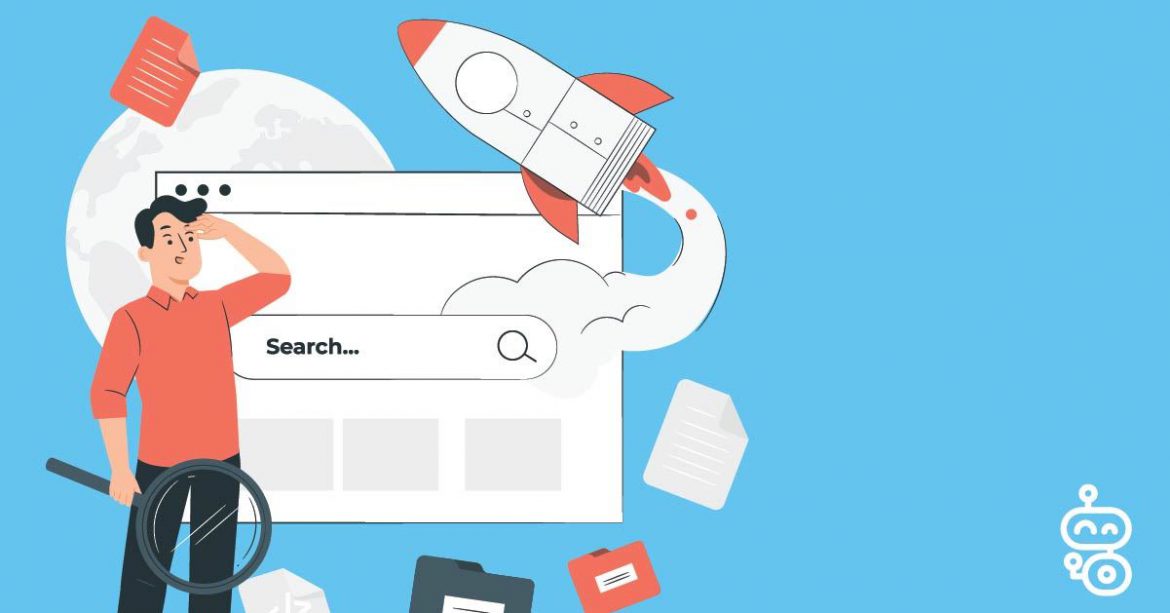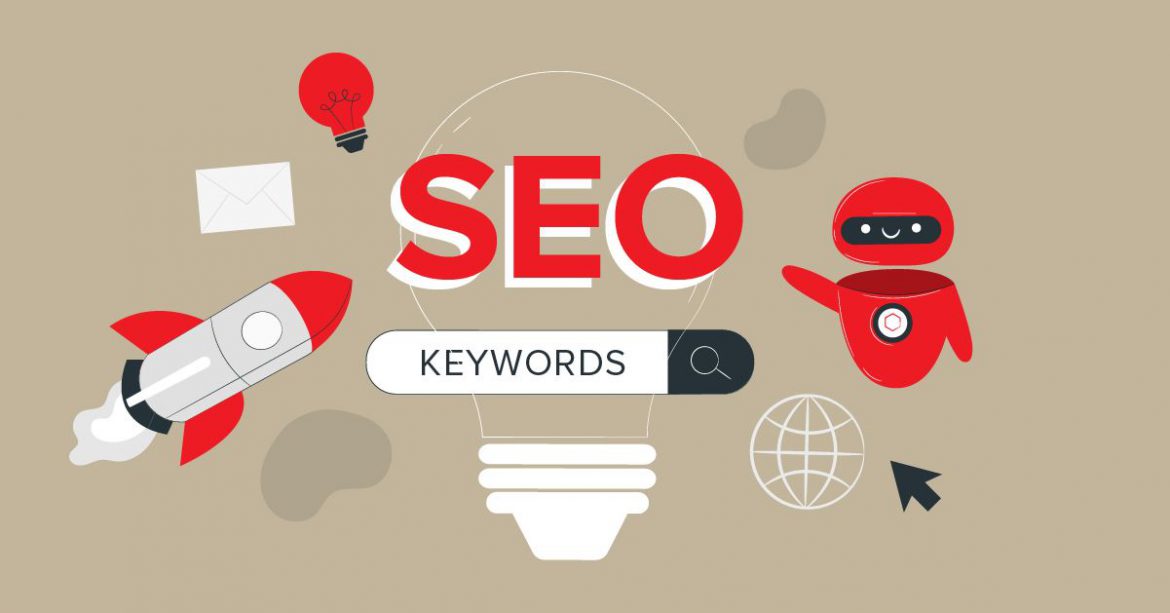Robotic Marketer Blog Posts from September 2020
10 Ways to Improve SEO
Source: Marketing Eye Australia Remember Search Engine Optimising (SEO) is a long-term game. To improve your site’s ranking (SEO) we’ve made a list ‘10 Ways to Improve SEO’. Follow these suggestions and watch your website rise the ranks to the top of search-engine results. Publish ...
How to Do Keyword Research for SEO: A Beginner’s Guide
Source: HubSpot While Google keeps us on our toes with all the algorithm updates they keep rollin’ out, one thing has stayed pretty consistent for inbound marketers looking to optimize their websites for search: keyword research. Well, the need to do keyword research has stayed the same. ...
The Benefits of Marketing Automation
Executing a marketing strategy can be a tedious and overwhelming process, that is why marketing automation can be a marketer’s best friend! Marketing automation software automates and streamlines marketing activities and is most beneficial in areas such as email marketing, social media, and ...
The Ultimate Guide to Blogging
Blogging, a concept that once used to represent an outlet for individuals to document their lives online has now transformed into an indispensable part of marketing. If your business doesn’t have a blog, chances are there is a huge scope of improvement in your marketing efforts. Blog marketing ...
5 Reasons Why A Website Is Important For A Small Business
A website is an essential component for any operating business, especially for a small business. Now more than ever, it is necessary for business owners to ask key questions such as, “where are my customers found?” “where is my competition engaging with my target audience?”. The answer is easy, ...
Should Podcasting Be A Part Of Your Business Marketing Strategy?
While podcasting is the newest marketing trend being embraced by marketers, you may be wondering whether it’s the way forward for your business. A podcast can be a space to create something your business truly loves and share it with your community. So, how can your business capitalize on this ...












